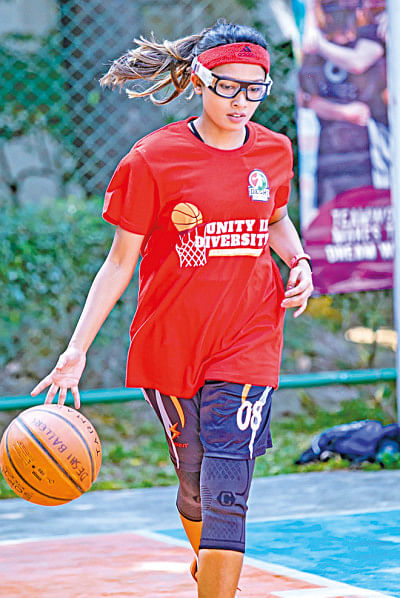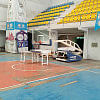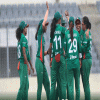‘Encouragement is key’

In conversation with Ashreen Mridha, founder of Deshi Ballers and former shooting guard of the national women's basketball team, Naziba Basher of The Daily Star delves into some of the deeper questions of why the women are still made to lag behind.
The Daily Star (DS): What do you think are the biggest challenges sports women face in Bangladesh right now?
Ashreen Mridha (AM): Firstly, the obstacle comes from family and society as a whole. In many households, sports for women is still considered recreational, not professional. We get some encouragement when it comes to school sports, but beyond that, there is almost none. While families may give importance to their sons in sports, they focus on academics when it comes to their daughters. The basic need for having an active life is somehow not required for girls.
Then there are institutional challenges. If you look at the boards, those who make the decisions at the table – there is no female representation and that is where the problem of unequal wages arises.
As a matter of fact, the topmost authorities have stamped an age-limit for women in sports: 25, which makes no sense at all. Why should they stop playing if they are fit to play? No one really asks when Shakib Al Hasan will be retiring, right? Other institution-based discriminations, even from the ministerial-level, come when the woman is married or has children. We don't even have facilities to help women come back to their sport after a maternity leave.
There also needs to be substantial brand endorsements. More corporate brands, media houses and publications need to come forward and actively push to get sportswomen as brand ambassadors. That is when the funding will come and the mass media will turn their focus to women in sports – that will bring our audiences to the galleries as well.
DS: What about the difference between men's basketball and women's basketball?
AM: At the federation level, there is a huge gap. I had been playing for the national basketball team for a decade, and what I have seen first-hand is the bias in terms of facilities. The federation makes us feel like we don't deserve these facilities because of poor performances in comparison to the men, but where will the good performance come from with poor facilities and no grooming?
DS: How do you suggest we can bring in more girls into basketball?
AM: Basketball isn't as underrated as it used to be. But it is still considered an elite sport due to its infrastructural demand, so it becomes inaccessible at the grassroots. We also need accessible facilities to increase girl's participation. Encouragement is key!
DS: What are your suggestions for authorities to popularise women's sports in the country more?
AM: It is the era of social media and we need to use that to its fullest potential. But I must say, the female athletes themselves also have a lot to do. I think many times, us girls get embarrassed to self-promote. We need to talk about our achievements and struggles, not just our trophies.

 For all latest news, follow The Daily Star's Google News channel.
For all latest news, follow The Daily Star's Google News channel. 







Comments